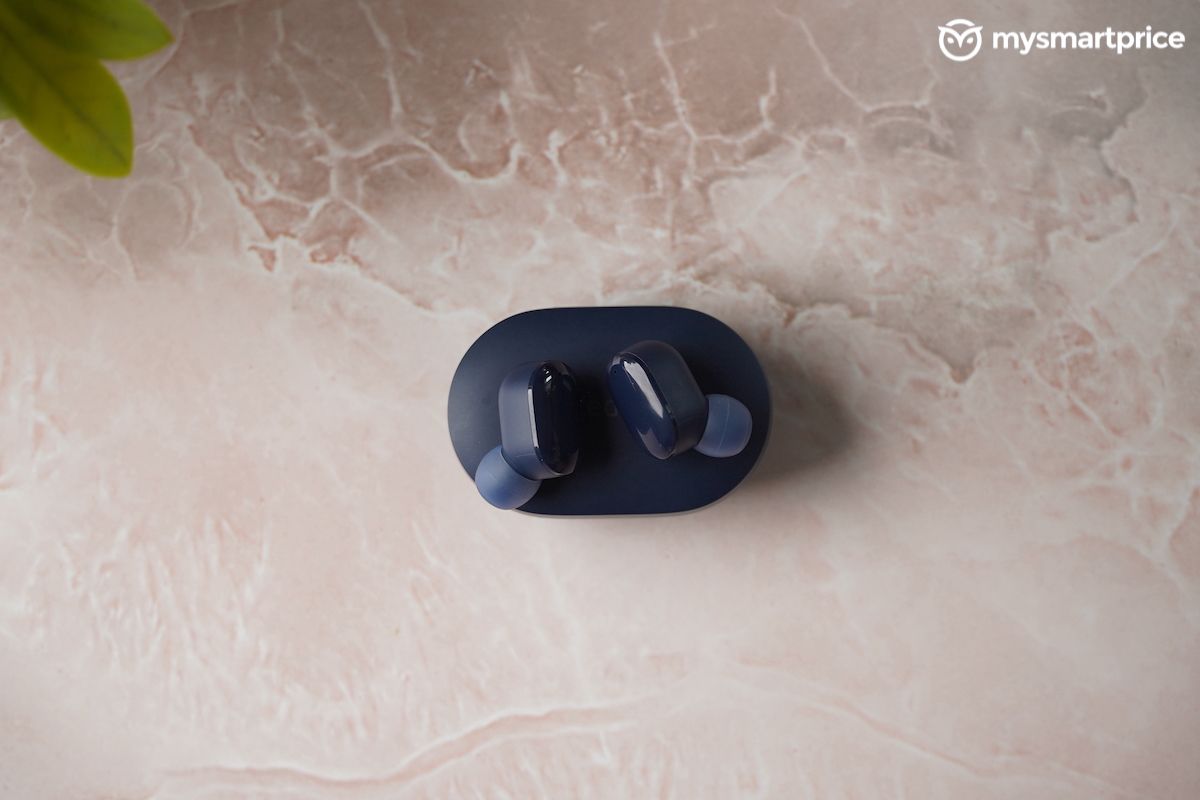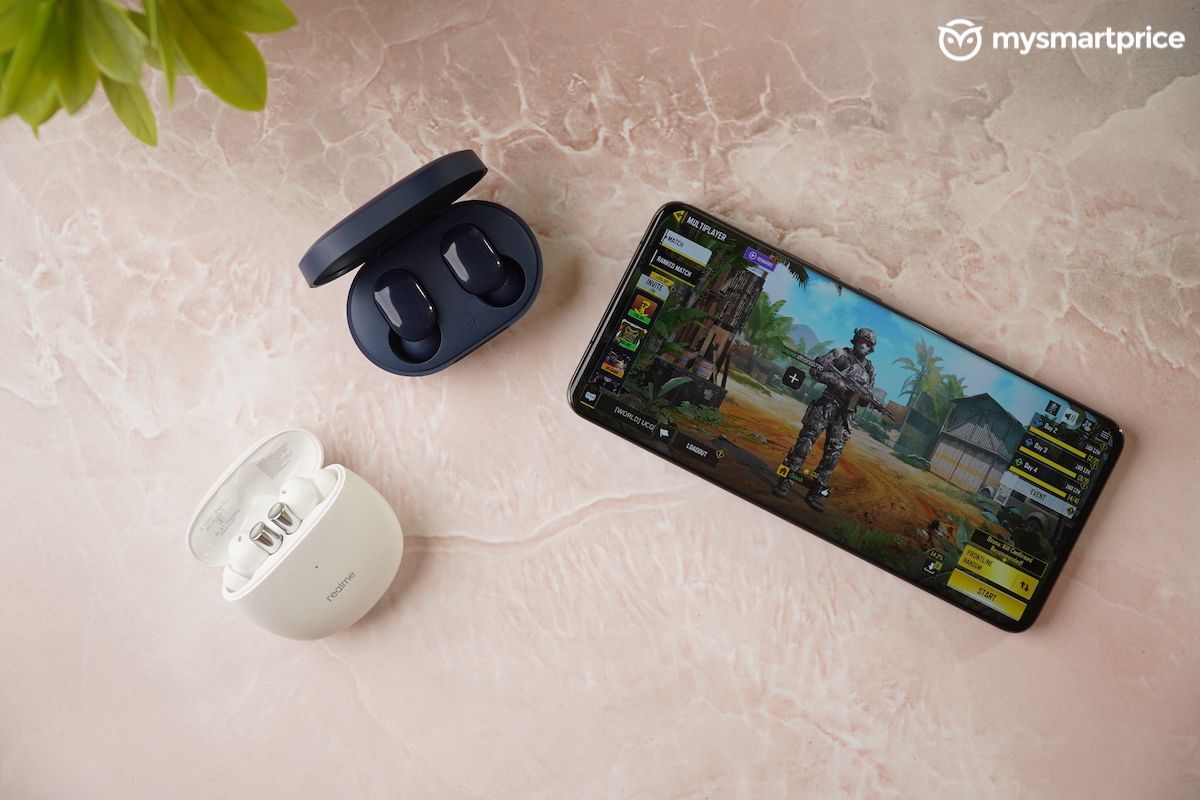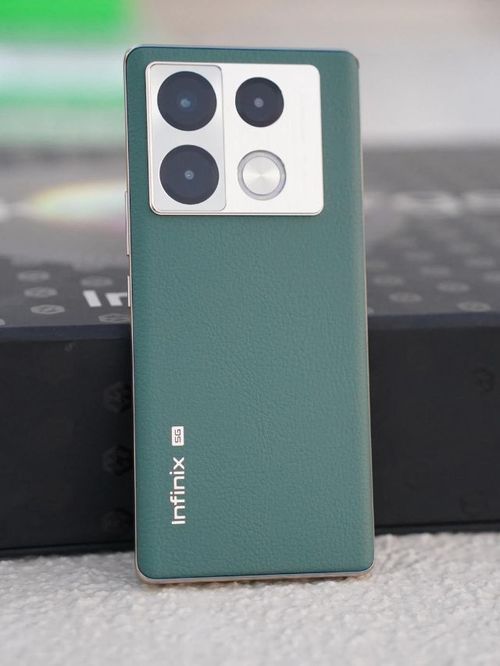
The newly-launched Redmi Earbuds 3 Pro is definitely an interesting product purely because of two reasons:
- Firstly, it has dual drivers in a Dynamic+Balanced Armature setup. But, why does it matter? Because, it is not very common to find TWS earbuds with two drivers under Rs 3,000.
- And secondly, you get support for the aptX Adaptive codec, which supports variable bitrate streaming and that is definitely a useful feature in a pair of Bluetooth earphones.
Despite those advantages, I always approach a Redmi audio product with a bit of skepticism. Their sound tuning has never been impressive and I hope the Earbuds 3 Pro can change that. Here is my in-depth review of the Redmi Earbuds 3 Pro plus comparison vs the Realme Buds Air 2.
Design and Fit

Inside the retail packaging of the Redmi Earbuds 3 Pro, you get the case, two buds, a Type-C cable, and a couple of extra silicon tips. The case is made of strong plastic and it has a matte finish. I do like the blue colourway a lot as well. But, it is slightly larger than I expected it to be.
In comparison, the Realme Buds Air 2’s case has a glossy plastic finish. What finish you prefer will boil down to personal preference.
One of the advantages of the design of the Realme Buds Air 2’s idli-shaped case is that you can flip open the lid with your thumb in one swift motion. Although, that’s not a big deal to be honest. It’s just something I like to highlight for folks who are finicky about these things. What does matter is the quality of the hinge and the Realme Buds Air 2’s case definitely feels sturdier. The Earbuds 3 Pro’s case has a very loose hinge and wobbles quite a bit.

Plus, I noticed that the centre of gravity of the case goes for a toss when you take the buds out of it. It doesn’t stay flat on the surface and topples over easily. While it doesn’t matter in everyday usage, these are tiny things that show the attention to detail in design. Moving on, you get a Type-C port on both the cases and an indicator light on the front.
Also Read: Realme Buds Air 2 Review – I Like it More Than the Realme Buds Air Pro
Once you pop open the lid, the buds are neatly placed inside a rubberised cavity. Now, the buds are pill-shaped and fairly thick too. Also, I felt the design was very odd. Not that I didn’t find a good fit or it was uncomfortable, but I was constantly fidgeting with it in my ears. I couldn’t tell if I should place them at 180-degrees flat or at an angle. Anyway, my ears are generally pretty welcoming of IEMs, so I could find a good seal but I am fairly certain many folks are going to have an issue with the fit. I know my wife did.

In comparison, the Buds Air 2 has a fantastic fit for most folks and the stem helps stay secure as well. As far as design of the case, the earbuds, and the overall fit plus comfort is concerned, I am convinced the Realme Buds Air 2 has an edge. And for what it is worth, the Buds Air 2 has a slightly better IPX5 rating as opposed to IPX4 on the Earbuds 3 Pro.
Connectivity, Controls and Features

If you have a Xiaomi phone, you can quickly pair the Earbuds 3 Pro using the Fast Pairing protocol. But, for every other Android phone or iPhone, you will need to do it the old fashion way, where you put the buds in pairing mode first. However, Realme has an advantage here because it supports Google’s Fast Pair protocol, which means there’s widespread support for almost every single Android phone out there.
But, more importantly, you can tweak the touch controls to your choice using the fantastic Realme Link app. The Redmi Earbuds 3 Pro is severely limited in that area. You don’t have a dedicated app and the controls are pretty odd too. Double tap to play/pause music and accept/reject calls is standard but to long press to change a song felt odd. Thankfully, it does have wear detection to Play/Pause music when you take it one bud out of your ear. Also, for those who care, these buds can work in Single bud mode as well.
I have to say this, Realme and Soundcore are two brands that have aced the allied app experience for their audio products. No other brand – Redmi included – even comes close.

As for the latency while gaming, the Earbuds 3 Pro uses the power of dynamic low latency offered by the aptX Adaptive codec to achieve an input lag as low as 86ms. The Realme Buds Air 2 can go as low as 88ms. Although, in my testing I noticed that the Earbuds 3 Pro definitely had slightly more input lag while playing Call of Duty Mobile compared to Redmi Earbuds 3 Pro. Anyway, take a listen to the latency test for yourself to judge.
Sound Quality

Before we talk about the sound signature, let me explain how the dual driver setup on the Redmi Earbuds 3 Pro works. Essentially, the dynamic driver will drive the low end of the frequency range apart from the mids and the Balanced Armature is expected to provide clean highs apart from the mids.
But, when you decipher the sound signature of the Redmi Earbuds 3 Pro, it is tuned very similar to Sony’s XB lineup of products. The only difference is the Earbuds 3 Pro’s sub bass performance is very bloated, creating a very evident auditory masking effect. What this means is that the bass invariably bleeds into the mids, which is recessed to begin with. And, the Balanced Armature, oddly, does very little to provide a quality treble response. The highs are actually better extended on the Realme Buds Air 2 and it doesn’t roll off as fast as it does on the Earbuds 3 Pro.
The only advantage the Redmi has over Realme is the drivers sound clean and smooth on the Earbuds 3 Pro as opposed to the harshness in the Buds Air 2. I could especially hear a shouty tuning in the upper mids and some sibilance too. Additionally, the imaging is slightly better on the Earbuds 3 Pro.

Despite that, the Realme Buds Air 2 has a far more enjoyable and loud sound with a lot of energy and attack. In the Save Your Tears (Remix), Ariana Grande’s fantastic singing comes to the fore in the Buds Air 2. On the Redmi, it sounds like someone is choking Ariana instead. Plus, the overpowering low end sounds very annoying too. As for the soundstaging, both are equally decent for budget earbuds but the left-right sweeps are far more appealing on the Buds Air 2.
See it is not like the Realme Buds Air 2 is the best sounding product in this price range or anything. But, compared to the Earbuds 3 Pro, I’d pick Realme’s tuning any day.
Mic Quality
Because the Realme Buds Air 2 has a stem design, I actually expected the mic quality to be better. But, to my surprise, the Earbuds 3 Pro sounds cleaner in calls and doesn’t alter the tone of my voice, which the Buds Air 2 does owing to the noise cancelling algorithm that affects the overall sound quality. But, don’t expect the Redmi Earbuds 3 Pro to blow you away or anything. It is just better in context. The mic quality on most TWS buds in this price range are generally pretty average. Anyway, take a listen for yourself.
Battery Life

If you value good battery life on your TWS buds, then the Redmi Earbuds 3 Pro will serve your purpose. I got around 6 hours and 45 minutes of continuous playback before the battery completely drained out. This is very close to the 7 hour rating as promised by Xiaomi. Plus, you get 30 hours of extra charge on the case. In comparison, the Realme Buds Air 2 lasts about 4 hours with ANC on and 5 hours with ANC off. Plus, the case only holds 22.5hrs worth of charge.
Should You Buy the Redmi Earbuds 3 Pro?

I am not going to mince any words here – it is difficult to recommend the Redmi Earbuds 3 Pro. The Realme Buds Air 2 offers a more enjoyable sound signature, controls, app support, ANC, transparency mode, gaming latency, and design. The Earbuds 3 Pro, on the other hand, only has a slight edge in the call quality and the battery life department.
I feel, Xiaomi really needs to go back to the drawing board for its audio products. Maybe take the help of 1More to tune their products again? I am really rooting for a Piston branded TWS. Make it happen Xiaomi.
What do you folks think of the Earbuds 3 Pro? Let me know in the comments section below.














